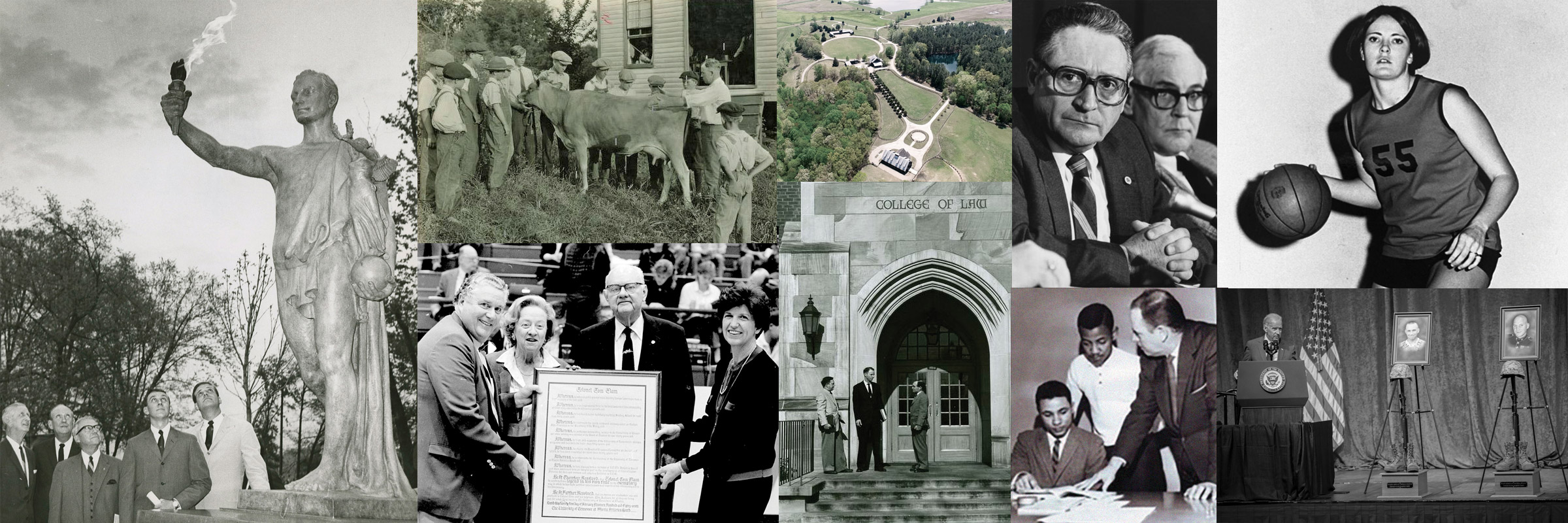History of the University of Tennessee
Founded in Knoxville in 1794 as Blount College, the institution that would become the University of Tennessee began as a struggling higher education institution with a small student body and faculty. Rev. Samuel Carrick served as its first president, forming the first academic programs from the seminary courses once taught from his home.
Named for Tennessee’s first governor, William Blount, the college was “open to students of all denominations” and operated from a downtown Knoxville building that was provided by James White, Knoxville’s founder. The college’s first tuition was $8 a session.
A State Institution: East Tennessee College
In 1807, Blount College became a state institution and was renamed East Tennessee College. Carrick died two years later, and the institution, on shaky financial ground, closed for several years.
East Tennessee College reopened in 1820 under the guidance of Rev. David Sherman. Fortunes improved, and the college bought 40 acres just west of downtown to establish a campus on what is now known as “The Hill.”
The college’s fifth president, Joseph Estabrook, led a significant period of growth that began in 1834. The following years saw the addition of faculty, improvements to the curricula and new dormitories. Estabrook advocated the value of public education and importance of establishing strong regional colleges in West, Middle and East Tennessee. In 1840, the Tennessee legislature ratified his vision by renaming the college East Tennessee University.
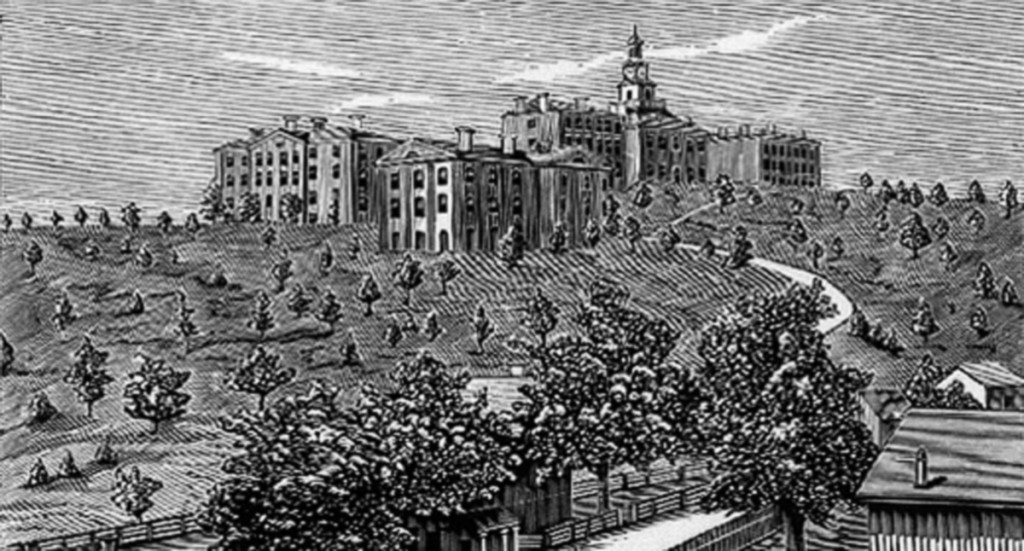
Tennessee’s Land-Grant Institution: The University of Tennessee
The campus was ravaged during the Civil War, but its fortunes turned when Congress passed the Morrill Act of 1862. That law awarded “land-grant” institution status, allocating federal land and funds to teach agricultural and mechanical subjects and to train students for military service. Complications associated with the Civil War prevented the formal designation in Tennessee until 1869, when the former East Tennessee University became the state’s land grant institution. In 1879, the legislature changed the institution’s name to the University of Tennessee. Trustees soon approved the establishment of medical departments through the Nashville Medical College and added advanced degree programs.
Charles Dabney, the University’s 11th president, led the expansion of science and engineering curricula in 1887 and initiated admission of women students. He abolished the Preparatory Department that once served women from a separate program and eliminated the military regime.
Dabney influenced the state legislature to make its first appropriation of state funds to the University. He also presided over the founding of a law school and of a teacher training institute.
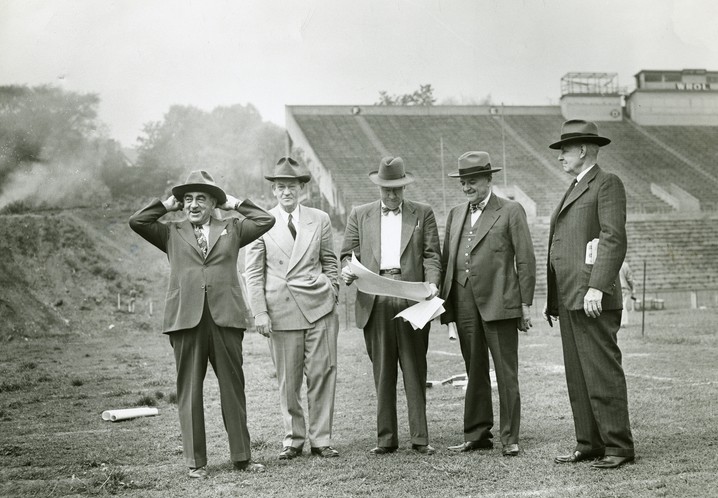
50 Years of Expansion
Following more growth under President Brown Ayres, the medical and dental colleges moved to Memphis and officially merged with the University of Tennessee. Subsequent state appropriations helped further develop the main campus. The legislature’s first $1 million appropriation led to the building of iconic Ayres Hall, which opened in Knoxville in 1921.
The next 20 years, led by Presidents Harcourt Morgan and James Hoskins, focused on expanding the University’s statewide mission. In the 1920s and 1930s, Hall-Moody Institute in Martin became part of UT, and officials added a graduate school to medical programs offered in Memphis.
Despite the Great Depression, statewide legislative and citizen-based support fueled the University’s growth in the 1930s. President Hoskins formally organized UT alumni and positioned the University as the key to improving the quality of health, housing, wealth and income in the South.
The Martin and Memphis campuses grew throughout the 1940s and 1950s, and the University incorporated large operations such as the Tennessee School of Social Work in Nashville and what would become UT Medical Center in Knoxville. The Municipal Technical Advisory Service was established in 1949 to serve local governments across the state.
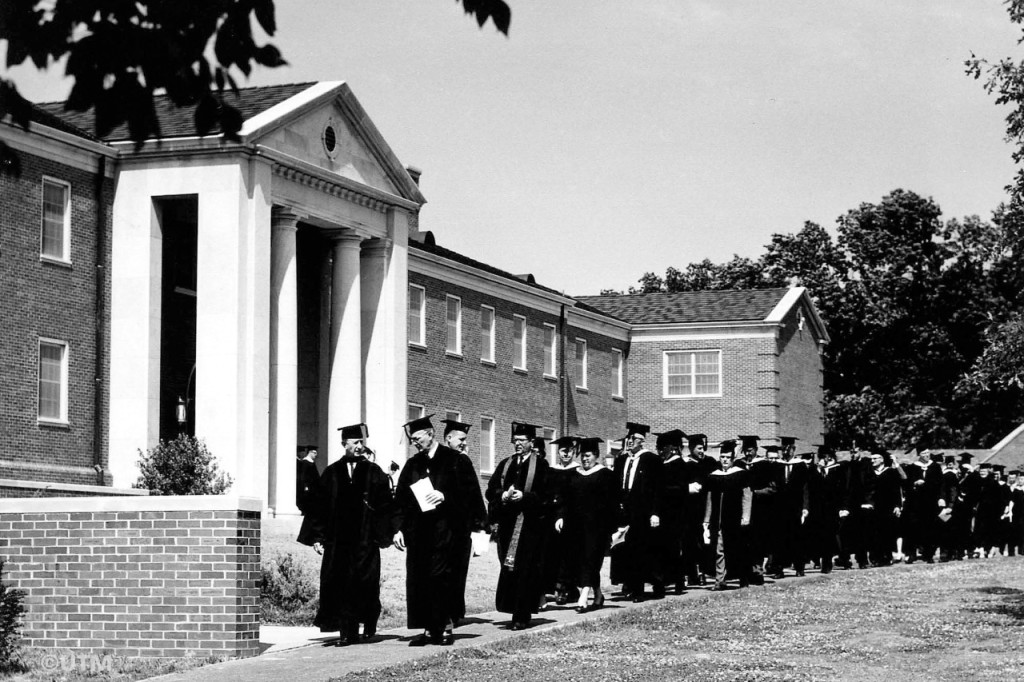
An Iconic Leader: President Andy Holt

President Andy Holt took office in 1959 and ten years later, enrollment had tripled and the University’s meteoric growth called for administrative restructuring. Holt oversaw the transition of burgeoning UT entities from a statewide presence into a statewide system, made official by the UT Board of Trustees in 1968. The following year, the former University of Chattanooga merged with the UT system as UT Chattanooga. Holt had already established the University’s first ties to Oak Ridge National Laboratory and, in 1964, the UT Space Institute in Tullahoma opened and statewide research dollars for UT reached an all-time high.
Offices of UT System Administration, headed by the UT president, were located on the Knoxville campus. Headed by chancellors, the campuses in Knoxville, Chattanooga, Martin and Memphis all supported the statewide mission of teaching, research and public service.
Holt’s term also brought full integration of all students by enrolling African-American undergraduates in 1961.
Continuing the Momentum
President Ed Boling led the University through years of student activism in the early 1970s, and the Board of Trustees added a seat for a full, voting student member.

The Institute for Public Service (IPS) was formally organized in 1971 to deliver outreach to government, business and industry. Operating as a collection of multiple entities, IPS at its creation incorporated the Municipal Technical Advisory Service (established in 1949) and the UT Center for Industrial Services (established in 1963) into the organization. Two years later, in 1973, what is today known as the Law Enforcement Innovation Center began was introduced as Southeastern Community Oriented Policing Education.
Also in the 1970s, the UT College of Veterinary Medicine—one of just 30 in the nation—opened, as did the UT Knoxville College of Nursing. Efforts to establish a Nashville campus ended in a merger with Tennessee State University in 1979.
Former Tennessee Gov. Lamar Alexander succeeded Boling as president in 1988, serving three years before becoming the nation’s Secretary of Education.
Joe Johnson, who served as an assistant to Holt; vice president for development; and chancellor at Memphis, was named UT president in 1991. Positive momentum continued throughout the University system as the Institute of Agriculture expanded research programs, UT Extension and testing facilities across the state.
UT celebrated its bicentennial in 1994.
The research venture between the University and Oak Ridge National Laboratory was formally solidified in 2000, when UT-Battelle, a partnership formed between UT and Battelle Memorial Institute, won the contract to manage the facility for the U.S. Department of Energy. Oak Ridge is 20 miles west of the Knoxville campus, and the successful venture marked a great leap forward in the University’s research and economic development activity.

The Beginning of the FUTURE
While the 21st century began with some leadership turnover, strides in academic, research and outreach progress continued. John Petersen became UT’s 23rd president in 2004 and served until 2009. He laid the foundation for a greater understanding of the University’s value and impact on all Tennesseans. Petersen’s leadership sparked momentum on the campuses to strengthen their identities and celebrate their uniqueness.
In 2005, UT-Battelle won extension of its contract – without having to re-compete – to manage Oak Ridge National Laboratory. At ORNL the same year, the U.S. Department of Energy began operating its $1.4-billion Spallation Neutron Source facility, now the world’s most-powerful accelerator-based source of neutrons for scientific research.
The National Science Foundation awarded a $65-million grant to the University in 2008 – then the largest NSF grant in Tennessee history – to build and operate a supercomputer through a partnership with ORNL, which has established itself as a DOE Leadership Computing Facility.
Jan Simek, a UT Knoxville administrator and highly regarded professor of anthropology, was named interim president upon Petersen’s departure in 2009.
In 2010, then-UT Institute of Agriculture Chancellor Joe DiPietro was selected by the Board of Trustees to become the next UT system president. The same year, the Campaign for Tennessee, the most ambitious fundraising effort in the University’s history, reached its $1-billion goal 18 months ahead of schedule.
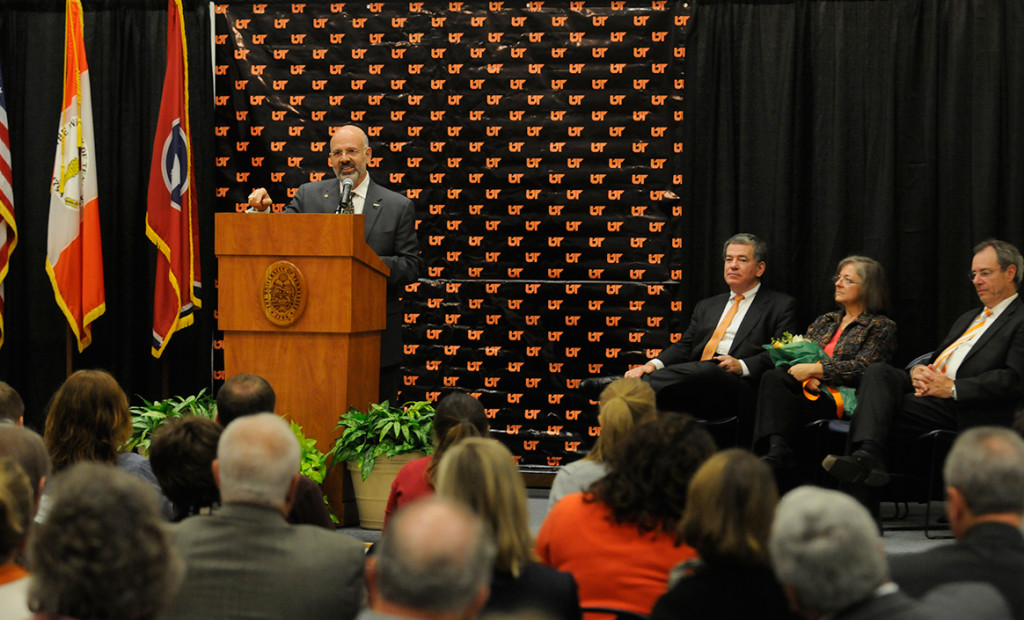
New Directions
Taking office in January 2011, Joe DiPietro presided over the University’s successful transition beyond the end of a severe national economic recession, which began in 2008.
In 2015, DiPietro introduced a plan to transition the University’s business model away from historically heavy dependence on tuition and state appropriations toward long-term sustainability through more efficient, effective and entrepreneurial operations. As a result of fiscal constraints implemented through this approach, the University self-limited tuition increases to 3 percent or below – often 1.5 percent or below – each year since 2015. These consecutive years of historically low tuition increases marks a streak unprecedented in the history of the UT System.
Following DiPietro’s announced retirement in 2018, UT Knoxville alumnus Randy Boyd was selected and appointed to lead the UT System as interim president beginning in late November 2018. Boyd’s 16 months as interim president saw a number of new initiatives aimed at enhancing the UT System’s reputation and fostering more collaboration between UT’s campuses and institutes. In 2019, Boyd announced the launch of UT Promise—a last-dollar academic scholarship guaranteeing free tuition and fees for Tennessee residents with family household incomes below the state median. On March 27, 2020, the Board of Trustees unanimously voted to appoint Boyd as UT’s 26th president.
Just as he was gearing up, the world came to a halt due to the global coronavirus pandemic. Under Boyd’s leadership, UT campuses and institutes moved quickly to ensure the safety of faculty, staff and students while ensuring the continuity of education, outreach and critical services statewide. While enrollment declined 16 percent across the nation, UT set records in fall 2021. Enrollment increased 1.9 percent to an all-time high of 52,559 students.
Expanding into Southern Middle Tennessee
Formal discussions began in fall 2020 about the possible expansion of the UT System and acquisition of Martin Methodist College, a small, 150-year-old, private college located in Pulaski, Tennessee. The acquisition would create additional opportunities for southern Middle Tennessee families, who would have access to more undergraduate and graduate programs, as well as more affordable tuition.
Expansion into Pulaski would be vital to the economic success of the 13 counties in southern Middle Tennessee and the state. Retaining the best and brightest Tennesseans by providing affordable higher education opportunities in rural communities helps to develop the state’s economic engine. An expansion into the southern Middle Tennessee region will provide additional opportunities through access to more undergraduate and graduate programs, as well as more affordable tuition. It will address unmet labor needs in the region, producing more education, nursing and business graduates—and these graduates will be crucial to the long-term economic success of southern Middle Tennessee.
In February 2021, Gov. Bill Lee proposed a budget that reflected an unprecedented commitment to higher education, and the single largest budget in UT history. In April 2021, the Tennessee General Assembly passed a budget that included funding to address the higher education desert in southern middle Tennessee with the acquisition of Martin Methodist College. In June, the UT Board of Trustees approved the acquisition, and the college was officially named UT Southern. On July 1, 2021, thousands of Tennesseans gathered in Pulaski to celebrate UT Southern, the fourth undergraduate campus in the UT System and the first new campus since UT Chattanooga joined in 1969. UT Southern is the only public four-year institution of higher education between Chattanooga and Memphis along Tennessee’s southern border.

